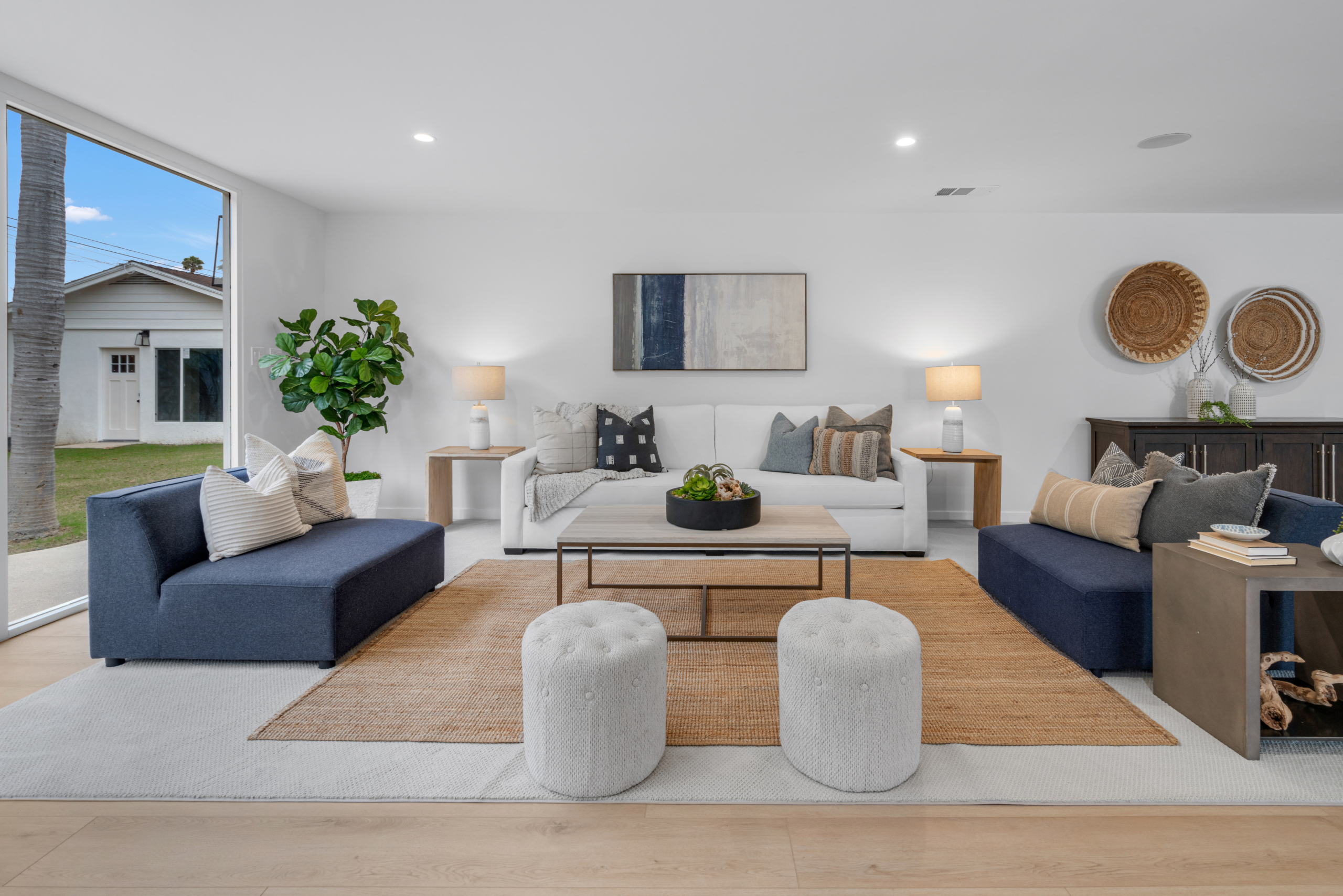Master the Art of Layering Textures in Home Decoration for a Cozy Atmosphere
The capacity to efficiently layer textures within home style is a nuanced ability that substantially adds to a warm and welcoming ambience. By recognizing the interplay between various products and their tactile qualities, one can create a space that not just looks aesthetically pleasing however likewise feels inviting. The option of complementary structures, from soft fabrics to all-natural components, is critical in achieving this balance - Home decor. The challenge lies in mastering the methods that elevate a space from simply functional to remarkably comfy. Discovering these techniques exposes exactly how thoughtful layering can change your living atmosphere into a true haven.
Comprehending Appearance Fundamentals
When it comes to home design, comprehending the basics of structure is essential for developing a harmonious and inviting room. Appearance refers to the tactile high quality of surfaces and can significantly influence the general aesthetic and feel of a room.
:max_bytes(150000):strip_icc()/spanish-art-deco-home-tour-living-room-0120-2000-e206e51ef737424aaa6eab5f500f5b84.jpg)
Selecting the Right Materials
Picking the ideal materials is crucial in attaining a well-layered structure in home design. The selection of materials not only affects the total aesthetic yet also impacts the convenience and performance of the space. When thinking about structures, focus on natural fibers such as cotton, bed linen, wool, and silk, which supply heat and a responsive quality that synthetic products frequently lack.
For furniture, opt for resilient textiles that can hold up against wear while keeping their texture. Velvet and chenille can include lavish deepness, while canvas and jeans lend a more casual feel. Incorporating metal, wood, or stone can improve the responsive comparison, supplying a based, natural element to your decoration.
Additionally, think about the weight and drape of fabrics when choosing drapes or throws. Heavier products can develop a comfy, wrapping up ambience, while lighter choices can maintain an airy feel. Devices like paddings and rugs can introduce diverse appearances and patterns, enriching the general layered result. Eventually, the right material choices will certainly balance with your design vision, developing a room that feels inviting and natural. Very carefully curating these aspects will significantly add to the ambiance of your home.
Layering Strategies for Depth
Effective layering methods are important for producing deepness in home decoration, transforming a flat area into one that really feels rich and welcoming. To attain this, start by incorporating different appearances that contrast yet complement each various other.
Next, take into consideration the use of rugs. Layering carpets can properly define locations within an area, including heat and dimension. A bigger, neutral rug can serve as a base, while a smaller, patterned rug includes centerpieces. Purposefully positioning throw cushions with differing appearances and dimensions on couches or beds can boost deepness and comfort.
Additionally, integrate architectural elements such as racks or mounted art work to produce vertical layers. This not only draws the eye up but also provides possibilities to introduce extra textures through attractive things showed on the racks.
Color Coordination and Appearance
In the world of home design, accomplishing harmony in between color and structure is essential for developing click to find out more a natural and inviting ambience. When thoughtfully collaborated, color and appearance can raise the aesthetic charm of a room, creating deepness and rate of interest.

Next, focus on appearance. Soft textiles like velvet or bed linen compared with tough materials such as timber or metal produce a vibrant interplay. A luxurious velvet couch coupled with a smooth, metal coffee table introduces a responsive contrast that welcomes touch and expedition.
Furthermore, layering various appearances-- like a woven carpet under a smooth table-- can additionally enhance the area. Keep in mind to keep a natural appearance by restricting the number of textures and colors, which helps protect against aesthetic disorder. By understanding the art of color sychronisation and texture, you can produce a setting that really feels both unified and inviting.
Seasonal Appearance Transitions
As the periods change, so as well need to the textures within your home to reflect the developing atmosphere and mood. Transitioning your design from one period to one more can create a sense of quality and comfort, improving your home's general charm.
In springtime and summer, accept lighter textiles such as bed linen and cotton. These materials advertise a breezy feel and can be boosted with dynamic patterns or subtle structures like stitched information. Include airy toss pillows and lightweight blankets to maintain a feeling of relaxation.
As autumn approaches, consider presenting heat via richer textures. Woollen, velour, and much heavier knits can supply convenience and coziness. Choose earthy tones and layered textiles like chunky knit throws or delicious velvets to create a welcoming atmosphere.
Winter season asks for an also more indulgent strategy. Incorporate split structures with fake hair, thick woollen, and deluxe materials - Home decor. These components not only add depth to your design but additionally welcome heat during cooler months
Verdict
In conclusion, understanding the art of layering textures in home design substantially adds to read this article developing a comfortable atmosphere. Furthermore, adjusting textures seasonally boosts the general aesthetic and comfort of the home.
The capacity to successfully layer appearances within home design is a nuanced skill that significantly contributes to a cozy and welcoming ambience.When it comes to home decoration, recognizing the principles of structure is essential for developing a harmonious and inviting space. By understanding the fundamentals of structure, you lay the groundwork for even more advanced layering methods, leading to a well-curated and welcoming this contact form home decor scheme.
Picking the ideal materials is essential in achieving a well-layered structure in home decor.In conclusion, mastering the art of layering textures in home decoration substantially contributes to producing a cozy environment.